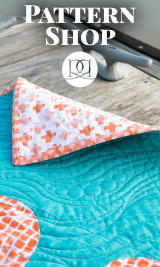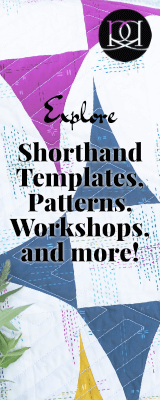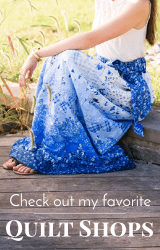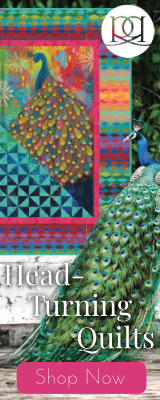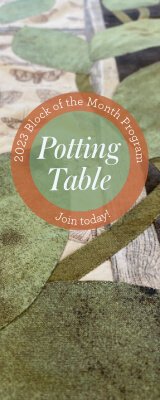
Do you know what bias is?
If you’re a sewist, there’s a good chance that you already know or have long-ignored the term, but it’s actually quite important! It can make or break certain aspects of your project, so today we’re going to tackle it!
What is Fabric Bias?
The Bias of your fabric, when talking about quilting cotton, is the direction in which your fabric stretches most. If you cut your fabric into a perfect square, it runs diagonally across your fabric. It’s far stretchier (and more forgiving) than the warp or the weft of your fabric (the up and down threads). It’s perfect for making binding and piping.
How Do I make Bias Strips?
Bias strips are actually pretty easy to make! First you’re going to need some fabric:
How do I calculate how much fabric I need?
This is also another easy answer! It’s a simple math formula:
√(Length x Width)
Yep, that’s it. Multiply the total length needed by the width and then pop it into your calculator to find the square root. That’s how much yardage you need to buy.
I’ve got my Fabric, now what?
Now that you’ve got the fabric you need, you’ll want to unfold and cut it into a square, this makes it easier and you can keep making squares for larger projects. Then we’ll start folding:
First, fold your bottom right corner up to the top.

Next, fold the bottom left corner up to the top.

…and you’re ready to cut!
Starting on the SINGLE folded side, measure in 1/2 the size of your desired strip width (I wanted 1.5″ widths, so I measured in .75″)

Make your first cut and then take a breath!
Now you’re going to cut full-width strips along the same angle:

Keep going until you reach the end!

Now, all of those strips have nice angles on them, except for the first one. Use a rotary cutter to get it to a proper 45 degree angle:

Piecing Bias Strips
Now it’s time to put the whole thing together! Taking two strips, right sides together, match the ends so that the triangle pieces hang over at 1/4″ on each side:

Using 1/4″ seam, you’re going to stitch those together.

I adore this Diagonal Seam Tape from Cluck Cluck Sew! It’s perfect for stitching binding quickly and perfectly every time.
Then, depending on your pattern, you’ll probably press your seams open and get on to finishing the thing up!
Want to Learn More about Piping?
I’ve got lots of great posts all about piping—Make sure to read them all:


